| IN A NUTSHELL |
|
The landscape of aerial combat is on the brink of a transformative evolution, marked by the integration of artificial intelligence and autonomous systems. As technological advancements continue to reshape military strategies, the role of pilots in combat aircraft is being re-evaluated. Despite the push towards automation, traditional piloted aircraft are expected to remain critical for decades to come. This article delves into the current developments, challenges, and future outlook of aerial warfare, highlighting the balance between manned and unmanned systems.
The Rise of AI in Aerial Combat
The recent developments in artificial intelligence (AI) have significantly impacted aerial combat strategies. The Defense Advanced Research Projects Agency (DARPA) has been at the forefront of this innovation with its X-62A VISTA program. This program involved a modified F-16 aircraft equipped with AI algorithms, engaging in 21 mock dogfights with a piloted F-16. According to Colonel James Valpiani of the US Air Force Test Pilot School, the exercises showcased the capability of AI systems to execute both defensive and offensive maneuvers aggressively.
While DARPA has not disclosed the outcomes of these engagements, the primary objective was to demonstrate the safety and effectiveness of AI agents in a critical air combat environment. The potential of AI to enhance combat operations is enormous, yet the transition from human to machine-led operations remains gradual. The emphasis remains on ensuring that these systems can operate safely alongside human pilots, enhancing strategic capabilities without compromising security.
European Initiatives and Autonomous Capabilities
Across the Atlantic, Europe is also making strides in incorporating AI into its military applications. Helsing IA, a leading company in military AI solutions, is developing autonomous combat capabilities under the “Centaur” project. This initiative aims to enhance existing platforms and future systems like the Future Combat Air System (FCAS) and the Global Combat Air Programme (GCAP). The goal is to create Loyal Wingman drones that can accompany fighter-bombers, thus amplifying their operational potential.
These drones are designed to work seamlessly with manned aircraft, providing support and expanding the tactical options available to pilots. The integration of such systems marks a significant step towards more automated aerial combat, though experts like Éric Trappier, CEO of Dassault Aviation, believe that fully automated warfare is still a distant reality. The current focus remains on developing systems that complement human pilots, ensuring that manned aircraft continue to play a central role in achieving air superiority.
The Enduring Role of Pilots
Despite the advancements in AI and autonomous technologies, industry leaders argue that pilots will remain indispensable in aerial combat for at least the next 30 years. Éric Trappier emphasizes that a completely automated war is unlikely. Human pilots, equipped with advanced systems, will continue to be crucial in decision-making processes and executing complex missions. The need for automation arises from the increasing volume of data from sensors and the necessity for collaborative combat operations.
According to Trappier, automating the presentation of information will enable pilots, now more like mission commanders, to make better decisions in line with their orders. Additionally, the integration of automated vectors, particularly combat drones, will augment the capabilities of manned aircraft. This combination of manned and unmanned systems will define the future of aerial combat, allowing for greater flexibility and operational efficiency.
Future Prospects and Challenges
The path to a seamlessly integrated combat system involving both manned and unmanned aircraft is still being defined. Although the ambition is high, operational implementation remains a work in progress. The development of programs like Rafale F5, which envisions the deployment of a new standard Rafale alongside an unmanned combat aerial vehicle (UCAV), exemplifies these efforts. The demonstrator nEUROn project is paving the way for future UCAV development.
If France’s ambitions are realized, a combat drone could operate alongside the Rafale by the 2030s, marking a significant milestone in military aviation. This development would be a precursor to the New Generation Fighter (NGF) expected after the 2040s. While there is much work to be done, the potential for progress is immense, promising a future where the synergy between human and machine redefines air combat dynamics.
As the aerospace industry navigates the complexities of integrating AI into combat systems, the enduring question remains: How will the evolving relationship between manned and unmanned aircraft shape the future of aerial warfare, and what unforeseen challenges might arise in this new era of combat aviation?
Did you like it? 4.5/5 (21)
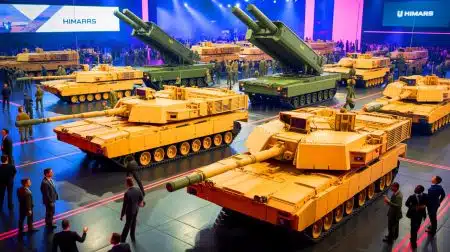
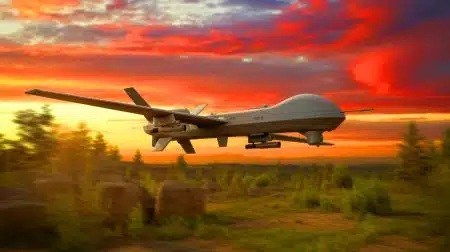
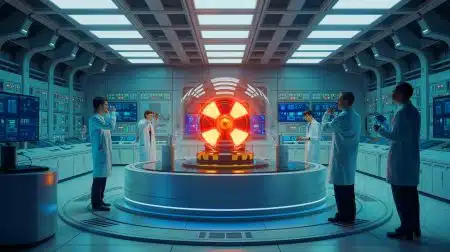

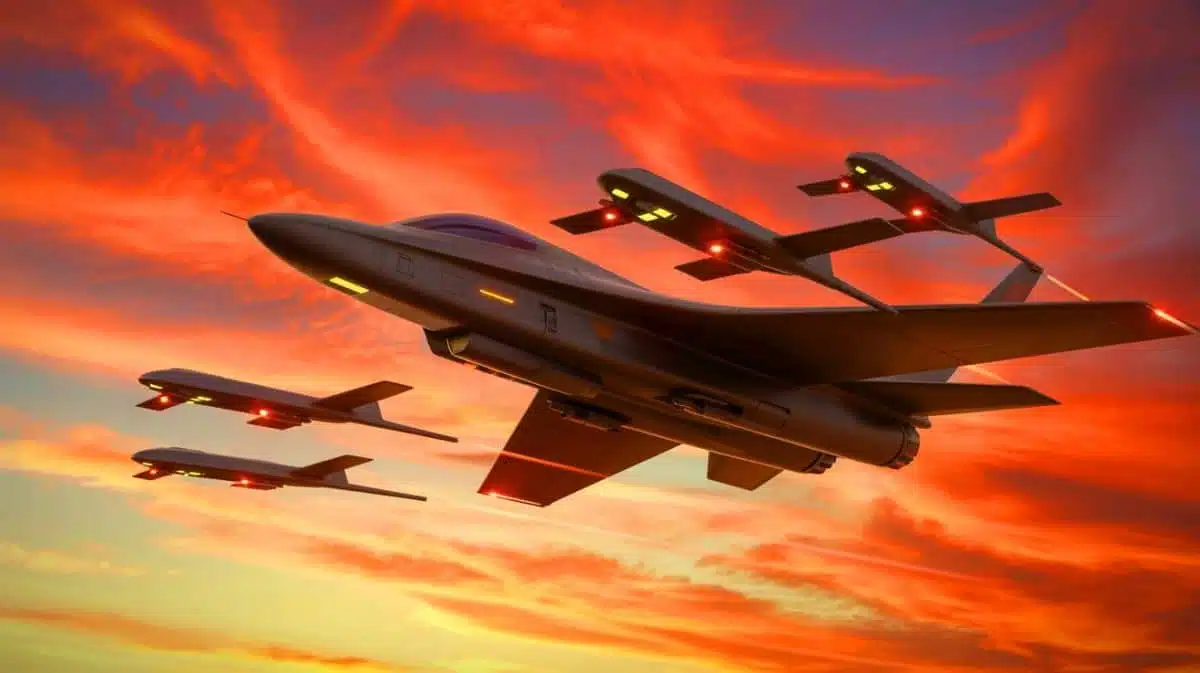

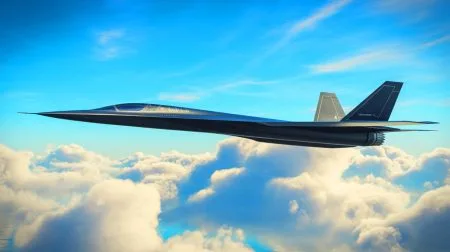
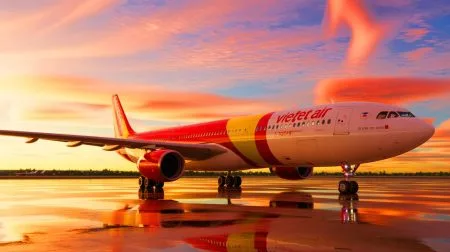

Interesting read! But what about the ethical implications of AI in warfare? 🤔
So pilots are not going anywhere, but what about their salaries? Will AI affect that? 💸
Great article! Thanks for the insights on future combat strategies. 😊
How will AI impact the training process for new pilots?
I hope AI doesn’t replace pilots entirely. Human intuition is irreplaceable! ✈️
Does this mean fewer job opportunities for pilots in the future?
Thanks for the update, but I’m skeptical about AI’s safety in combat scenarios.